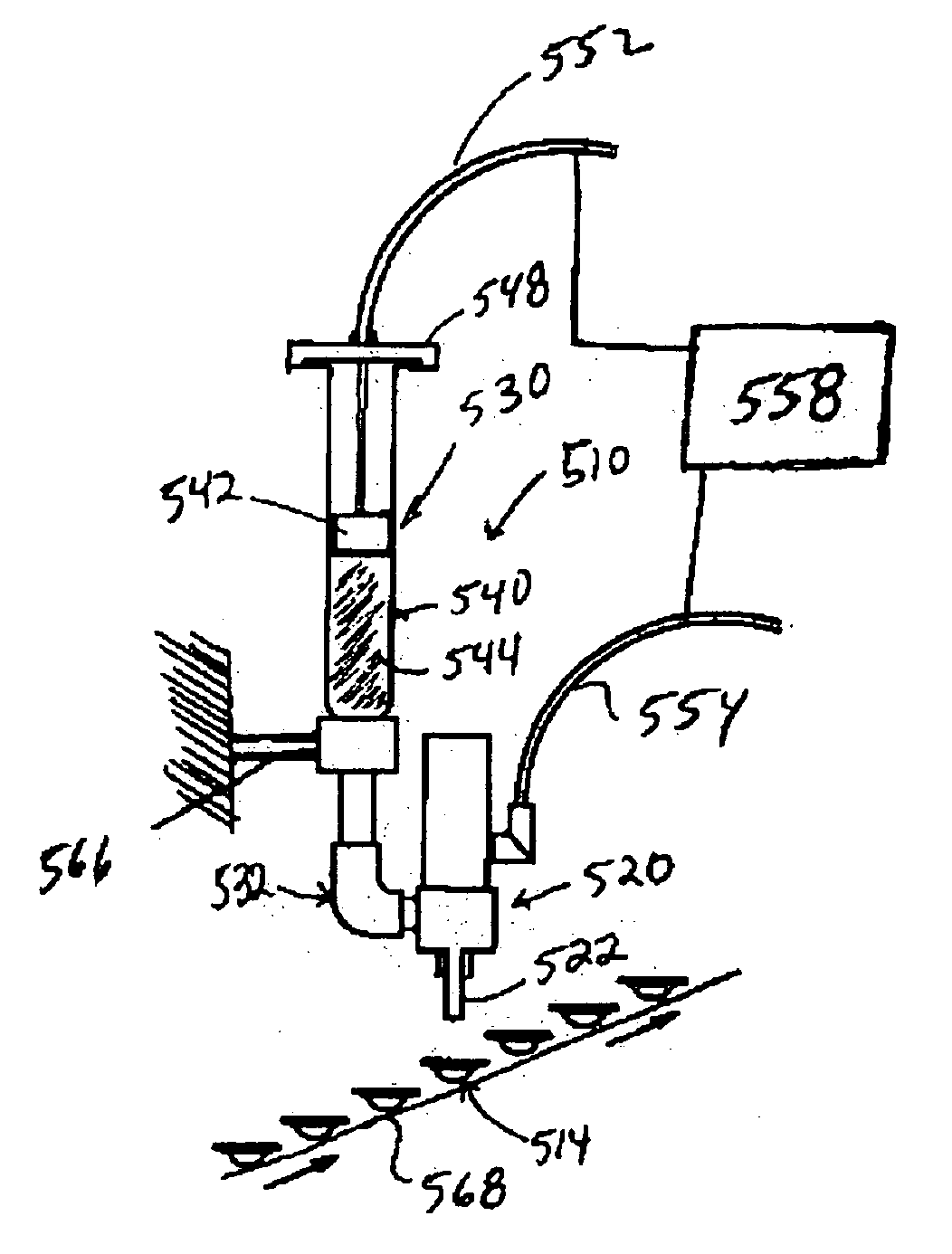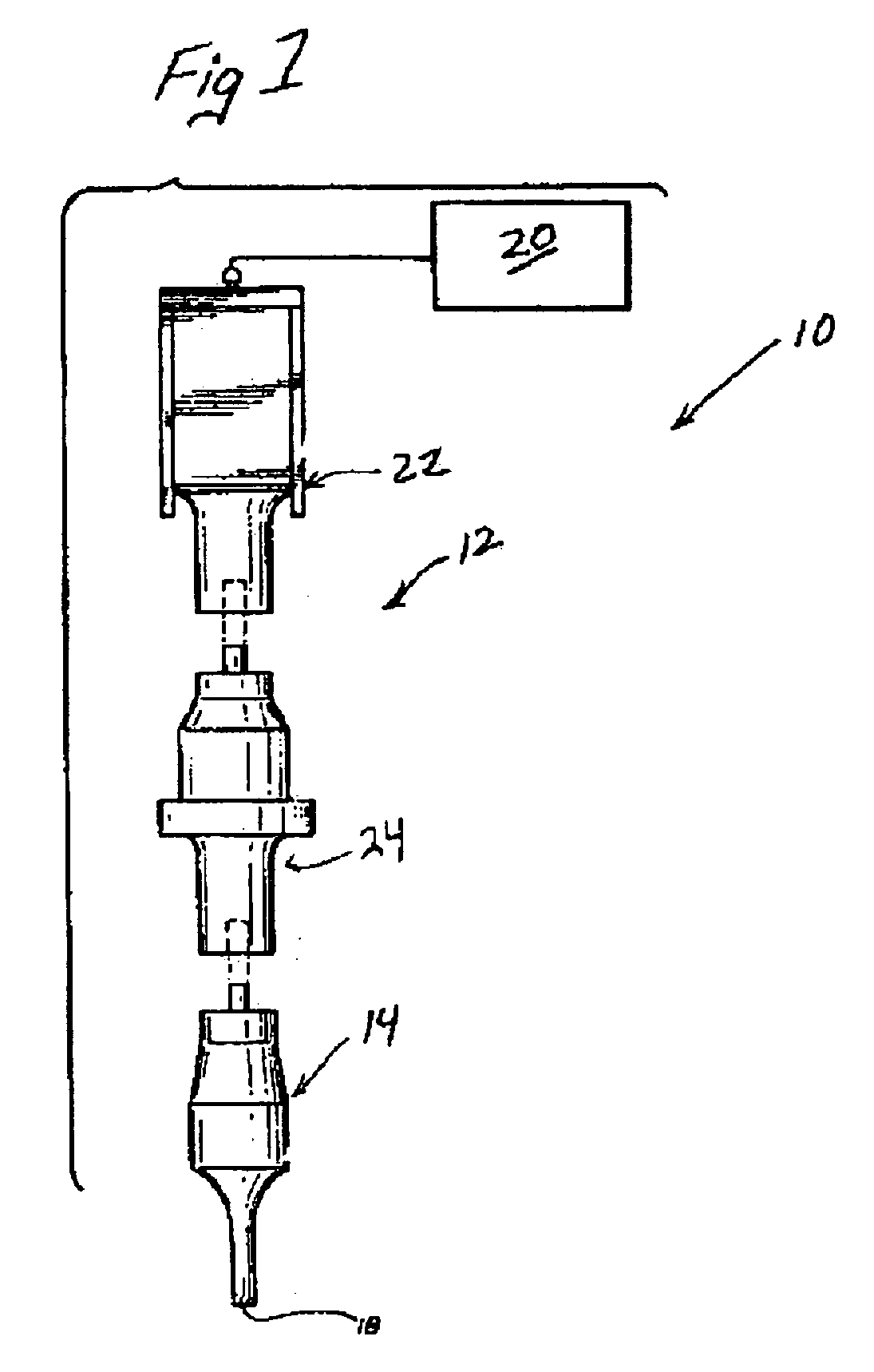Contact lens mold assemblies and systems and methods of producing same
- Summary
- Abstract
- Description
- Claims
- Application Information
AI Technical Summary
Benefits of technology
Problems solved by technology
Method used
Image
Examples
Embodiment Construction
[0063] The present invention will typically be described herein with respect to methods and systems useful for the manufacture of contact lenses, though it is to be appreciated that, with appropriate modification thereto, the present methods and systems may be useful for the manufacture of other types of ophthalmic lenses and other light-polymerizable articles in general. In a preferred embodiment, the present systems, methods, and components thereof are useful in manufacturing silicone hydrogel contact lenses, or contact lenses that comprise a silicone hydrogel material. For example, the present systems, methods, and components thereof may be particularly useful in producing extended wear silicone hydrogel contact lenses, and / or daily wear silicone hydrogel contact lenses.
[0064] In a broad aspect of the invention, methods of making contact lenses are provided, the methods generally comprise at least one of the following steps of providing first and second mold sections, each mold ...
PUM
| Property | Measurement | Unit |
|---|---|---|
| Temperature | aaaaa | aaaaa |
| Temperature | aaaaa | aaaaa |
| Volume | aaaaa | aaaaa |
Abstract
Description
Claims
Application Information
 Login to View More
Login to View More - R&D
- Intellectual Property
- Life Sciences
- Materials
- Tech Scout
- Unparalleled Data Quality
- Higher Quality Content
- 60% Fewer Hallucinations
Browse by: Latest US Patents, China's latest patents, Technical Efficacy Thesaurus, Application Domain, Technology Topic, Popular Technical Reports.
© 2025 PatSnap. All rights reserved.Legal|Privacy policy|Modern Slavery Act Transparency Statement|Sitemap|About US| Contact US: help@patsnap.com



